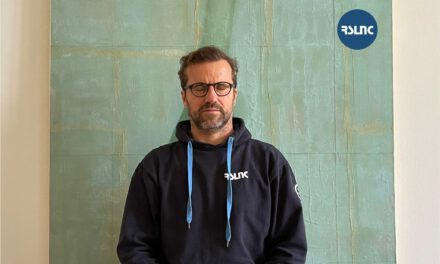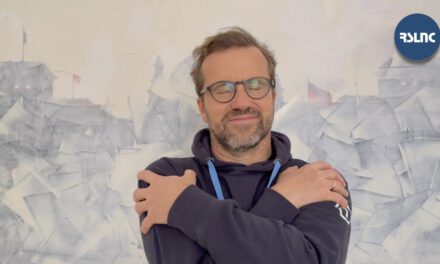What is actually how? And is there such a thing as truth or reality? Is what you perceive and how you see the world the same for others?
In answering these questions, it makes sense to take a brief detour into radical constructivism. This is a concept that explains two things in particular that repeatedly cause us problems in everyday life:
- Is what happens really the way we perceive it?
- And does my environment perceive it the same way as I do?
If both questions were answered yes, there would be a single binding truth and all people would recognise it – so you could directly accuse them of ill will if they claimed otherwise.
In reality, however, the answer to both questions is no – and this causes a large part of the (interpersonal) problems in our lives.
As humans, we construct our reality anew in each and every second. We give everything a meaning that is shaped by our perceptions and experiences. At first, this is a radical idea that can be confusing. Because our experience feels completely different in most cases. We think: “Of course everything has to be the way I perceive it.” But if you accept the idea that “truth is only what two or more people can agree on”, it is incredibly liberating.
Because if we assume that we all construct our reality anew each and every second based on our individual perception, this solves two very important interpersonal problems:
- It explains why someone else – our partner, our children, our boss, our colleagues, friends, etc. – perceives something completely different and also explains it differently, even though we are experiencing (or have experienced) the “same thing” together. The chance that we will experience exactly the same thing is therefore extremely limited.
- Therefore, different perceptions, realities and supposed truths are quite normal – and the rule rather than the exception. So we don’t have to take differences personally or even see them as an offence.
In addition to these benefits for interpersonal understanding, there is another major advantage that is directly related to the development of resilience.
Because if we construct our reality anew each and every second, this also means that perceived stress or perceived fears (in most cases) are “self-constructed”.
For us, of course, it feels different. We usually feel at the mercy of these sensations and have the feeling that there is nothing we can do about them. However, the fact is that we virtually hypnotise ourselves with our fears – which is why we speak of “self-hypnosis”. An illustrative example of this is “exam anxiety” before an important exam or presentation. We may have studied for weeks and prepared intensively, but we still panic the day before the event, can’t fall asleep, lie awake half the night and think we’re going to fail. This is a classic example of a self-induced tunnel into which we have hypnotised ourselves. Nobody else, just us alone.
And to the extent that we realise and accept that this tunnel is self-made and that we have simply hypnotised ourselves, we can dissolve this self-hypnosis again and leave this state ourselves. And to the same extent, we experience our self-efficacy and that we are literally “the architect of our own happiness” – and that this has nothing to do with happiness at all, but above all with consciousness and self-efficacy.
You can learn how best to dissolve or change (re-frame) your self-hypnosis here:





